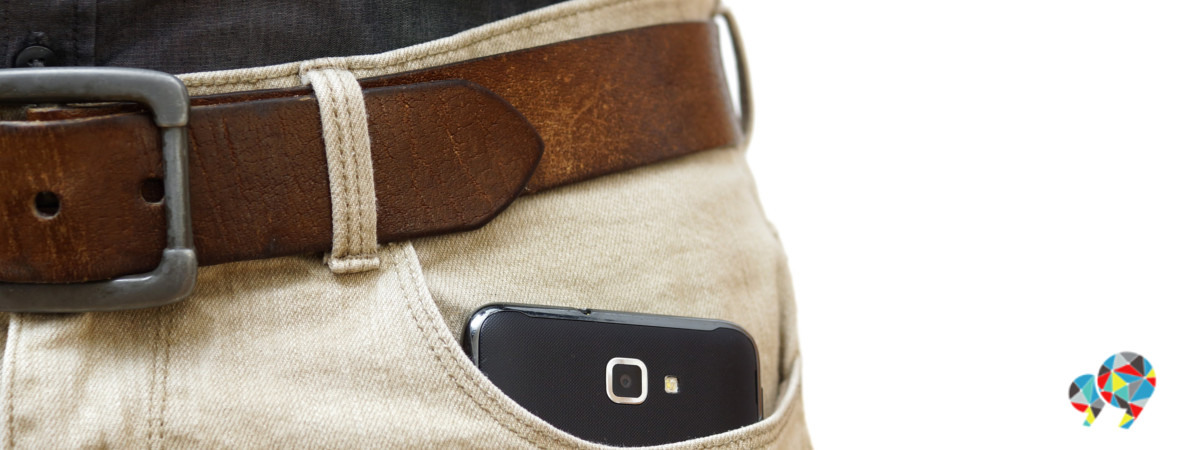
The rise of phablets
At a press conference in 2010, Steve Jobs said that ‘no one would buy’ a big phone, big meaning something you couldn’t wrap your hand around it. Now it’s 2015. And Apple’s flagship phone the iPhone 6 Plus, which went on sale in September along with its smaller counterpart the iPhone 6, is huge. How thing's change.
When I say huge, make no mistake about it – I don’t mean big; I mean huge. The iPhone 6 is big. Its Retina HD display is 4.7-inches (diagonal), sitting comfortably within a 5.44-inch-long body. That’s what I’d call big. The iPhone 6 Plus has a 5.5-inch (diagonal) Retina display, surrounded by a body that stretches 3.06-inches horizontally, and 6.22-inches vertically.
Not big. Huge.
After hearing about the iPhone 6 Plus a few months ago, I remember thinking that a phone that size seemed ludicrous. Not only, I thought, is it unnecessary, but it’s impractical. How would it fit in my pockets? Could I use it with one hand? Would I want to start using my phone exclusively with two hands? Wouldn’t that be a pain in the butt? I’m a relatively small guy, too, and so I’ve got relatively small mitts. Which was just more food feeding my trepidation for this phablet (a word I don't much care for, albeit admittedly catchy) phenom.
When you step into your nearest Optus Shop or At&t dealer, however, it seems evident that huge is the new big, and big is the new normal. Just look at the size of the most popular phones on the market currently. Samsung’s Galaxy S5 boasts a 5.1-inch display inside a 5.59- by 2.85-inch frame; the Samsung Note 4, released a few months ago in Australia, is even bigger, with a 5.7-inch display crammed into a 6.04 (h) x 3.09 (w) -inch frame. The Sony Xperia Z3 is about the same as the Note 4. The HTC One M8 is just a tad smaller than the Galaxy S5, and a tad bigger than the iPhone 6, at 5.76 (h) x 2.78 (w)-inches. LG’s G3 – 5.75 (h) x 2.94 (w) -inches. Nokia’s Lumia 930 – 5.39 (h) x 2.80 (w) -inches.
Bigger is better, apparently.
When you look at the direction in which things are going, it’s hard to see the size of phones doing a U-turn and again becoming smaller. Some manufacturers are making smaller phones to complement their larger counterparts – like the iPhone and the Sony Xperia Z3 (which comes in a ‘compact’ version). This much is true. Nevertheless, big phones are on the rise (pun intended); they're the in thing.
There’s a reason that phones are becoming bigger, I think. It’s the simple reason that phones now act almost as mini computers. Gone are the days when we used mobile phones to merely call and text people. Smartphones have evolved into devices that we use for just about everything we would ordinarily do on a laptop or a desktop. Browsing the web, editing images, streaming videos – and everything else a smartphone is now capable of doing - is much nicer if you’re using a bigger screen.
The boundary between what people refer to as a phablet and what we just call a smartphone has been permanently blurred. Bigger screens, packing more punch underneath their plastic and metal hoods are here to stay. If we smaller-handed people want to keep up with the latest technologies as they evolve and grow, it’s probably about time to bite the bullet and accept that get used to it. And more importantly, marketers and business owners who've not yet utilised the mobile platform - it's time to get on it.
